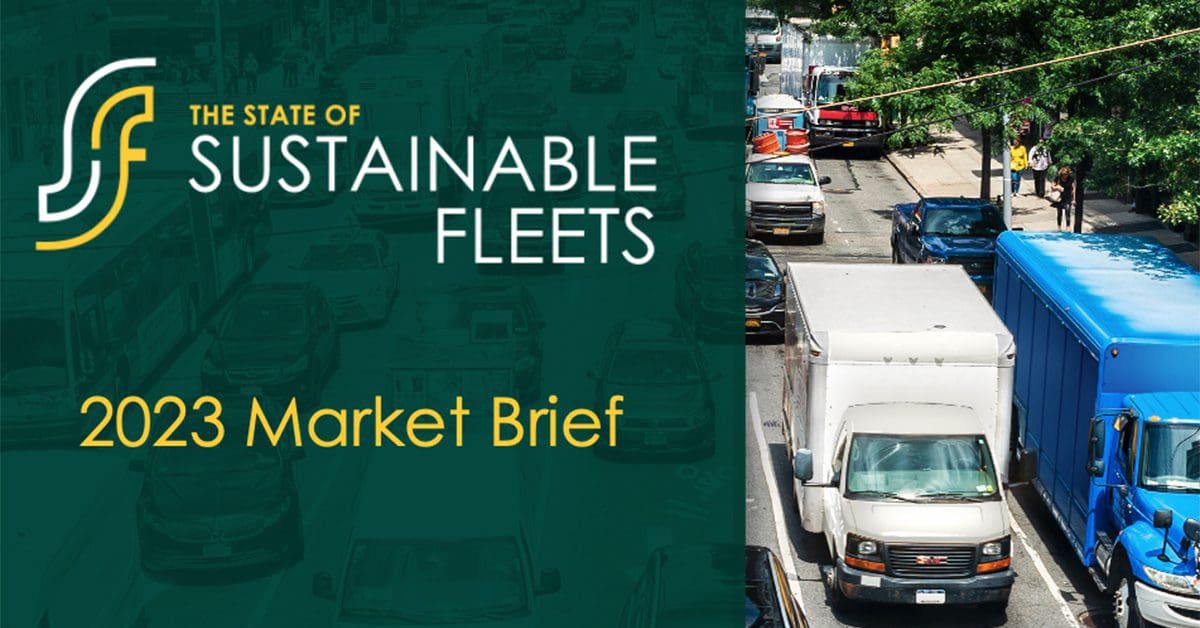
- GNA Insight
Population, Pricing, and Battery Supplies Point to Concentration in the Commercial EV Market
April 15, 2024
Source: ACT News
The passage of the federal Infrastructure Investment and Jobs Act in November 2021 kicked off a wildly generative two-year period for the clean transportation industry. Some of the most notable commitments were made in the domestic battery and electric vehicle industries. While the wave of federal funding and legislation continues to carry investments, companies, and new products forward in 2024, the pace of progress is bumping against physical and economic obstacles in a season of political uncertainty. As the battery production and commercial vehicle supply chains become more and more intertwined, their co-dependency provides a useful forecast of the EV market size and scale as fleets chart the path to corporate targets and/or local mandates.
A variety of decarbonization targets are informing fleets’ purchasing choices. At the federal level, legislation passed in the last two years requires government agencies to meet a 100% zero emission (ZE) purchasing standard by 2027 (light duty) and 2035 (all other). California has also set transition dates for passenger cars, transit agencies, school bus fleets, and specific on-road trucking segments. Billions have been invested in this transition, and more is needed. Multiple states have approved or are considering selling and purchasing mandates similar to California’s, and private companies as well as public entities have published internally motivated decarbonization goals for their transportation operation, often within the next decade. While the terms of decarbonization vary, most programs promote if not require the use of battery-electric vehicles (BEVs).
Once an uncertain ugly duckling, the BEV market has matured into an adolescent swan that, in some ways, looks remarkably like the conventional vehicle market. Records maintained by GNA since 2021 show that the number of Class 4-8 battery-electric trucks, vans, and buses certified and/or advertised for sale in the U.S. held steady between 2021 and 2022 before jumping about 55% in 2023, or from about 85 models to about 130 models. However, only about 55 models have been certified and/or advertised for sale in 2024 as of March. A closer look suggests that the industry is contracting around familiar providers. In both the Class 4-6 segments and the Class 7-8 segments, the manufacturers who have not yet certified or advertised models for 2024 were responsible for just over 50% of the 2023 models. Many are new entrants, or companies without a history selling conventional combustion-powered vehicles. About half of the Class 7-8 trucks and buses offered in 2023 were from new entrants who have not advertised models in 2024, and one-fifth were from manufacturers (mostly new entrants) who have left the market. As the model counts from new entrants have dropped, the counts from traditional providers has grown at a slower rate, offering customers less variety but more extensive service networks. These trends suggest that fleets’ money and attention may circle a familiar set of suppliers rather than a newly diverse market.



